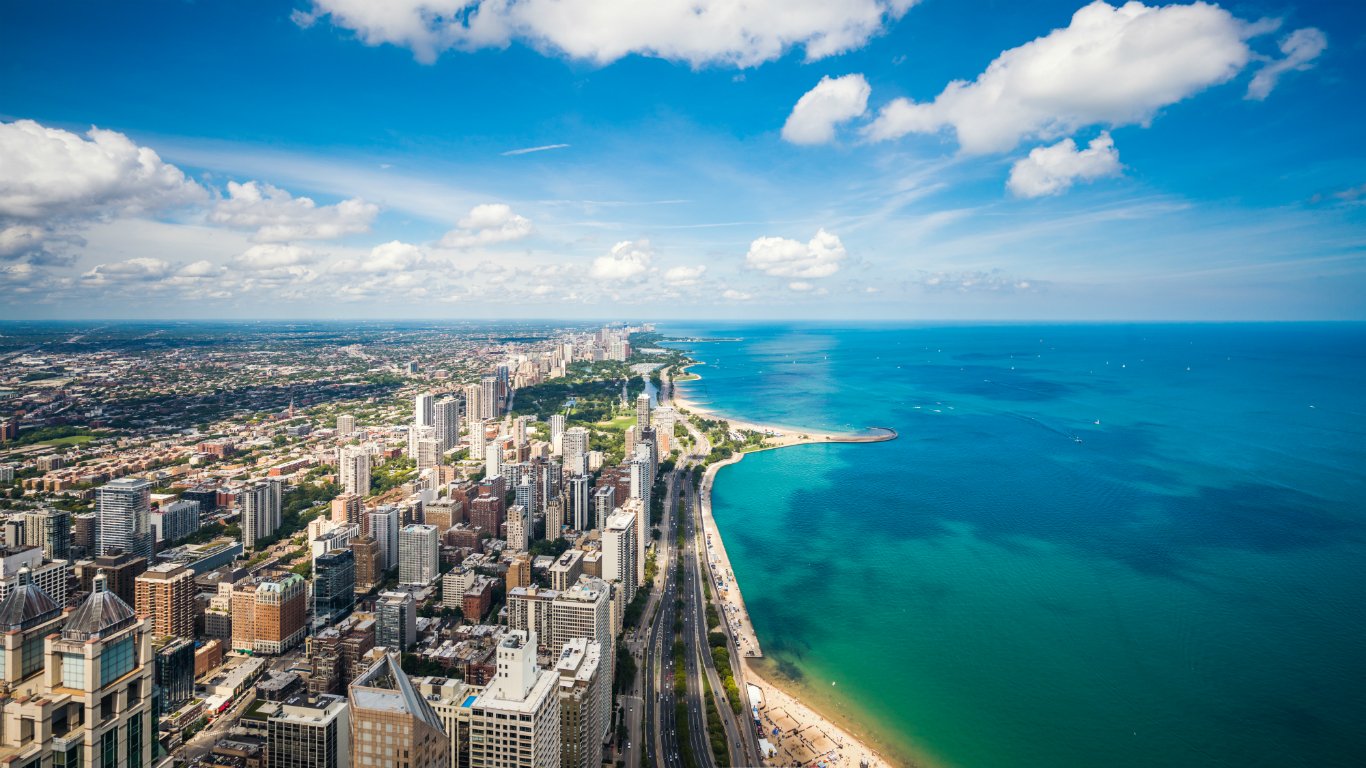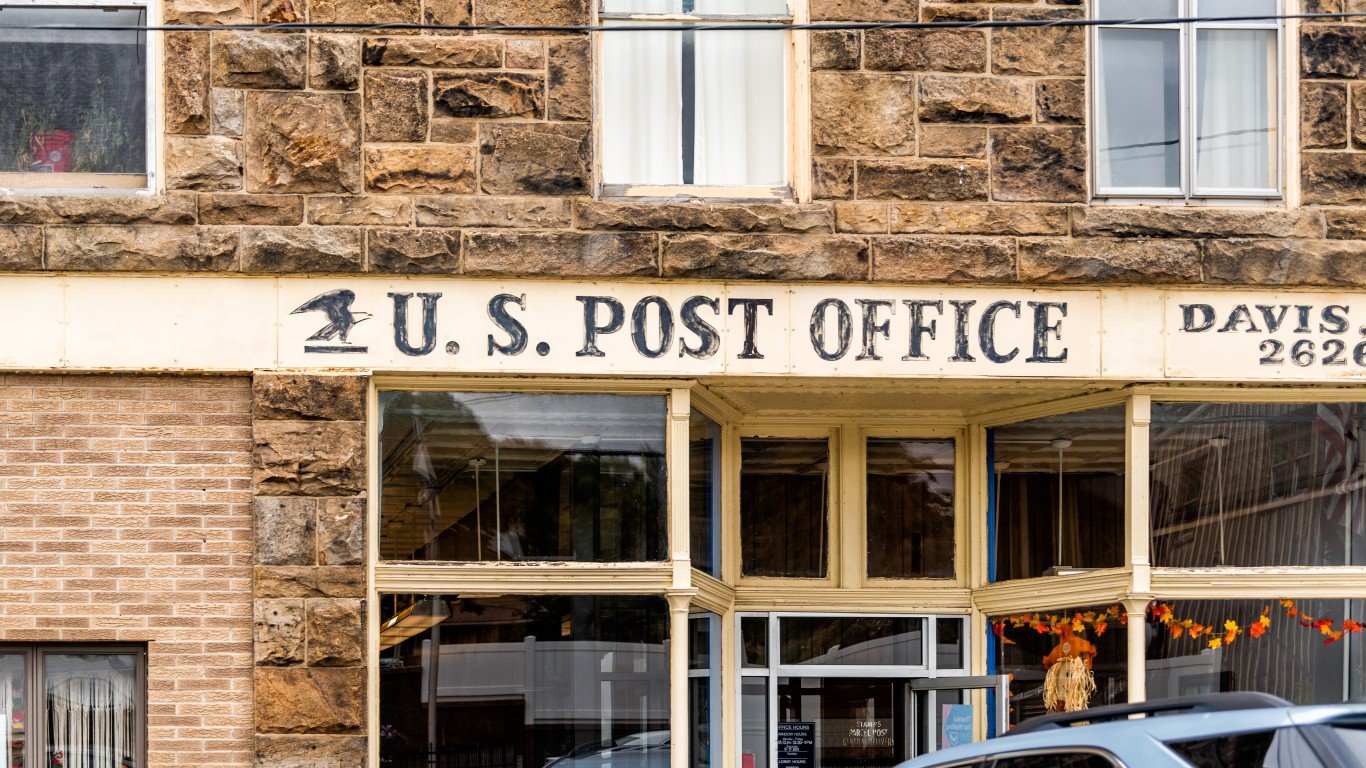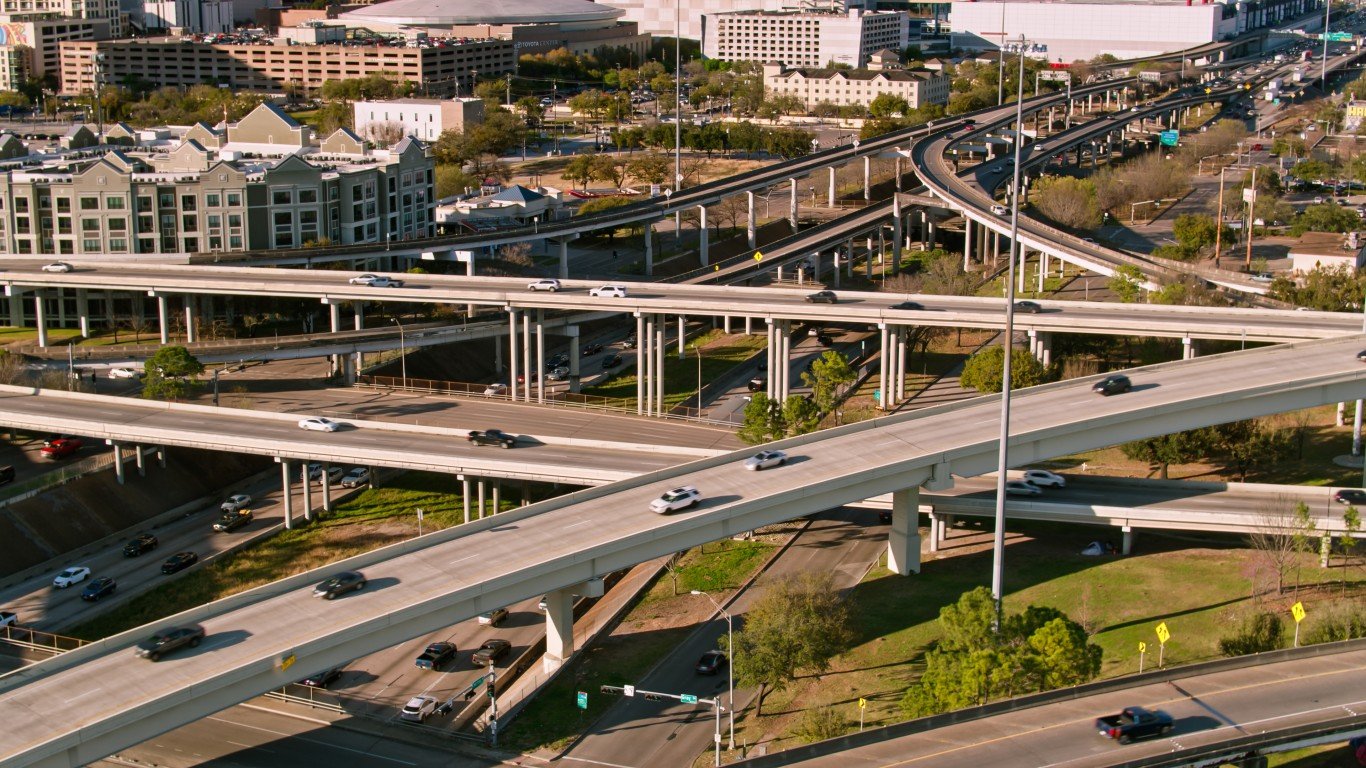

For nearly 30 years, the United States has been aware of a foreign invader that now occupies nearly all tributaries in the largest drainage basin in North America, including the mighty Mississippi river that flows from Lake Itasca, Minnesota, to the Gulf of Mexico south of New Orleans.
This intruder, the Asian carp, can grow to be over three feet long and weigh over 100 pounds. Its voracious appetite threatens native fish species and other aquatic wildlife and is now the most common fish in the 2,300-mile-long Missouri River.
On Friday, the U.S. Army Corps of Engineers approved on Friday a massive $700 million to $800 million project to keep the fish from breaching into the Great Lakes, which would wreak havoc on a multi-billion-dollar recreational fishing industry shared by the U.S. and Canada.
The project still requires congressional approval, but endorsement by the agency that would oversee it is a key step in the process.
The Brandon Road Lock and Dam project near Joliet, Illinois, would build infrastructure to ward off the Asian carp’s efforts to expand into new waters where they could spread to thousands of lakes in states and Canadian provinces in the Great Lakes region.
The massive project would install infrastructure to ward off the fish, including equipment to electrically stun them, to create underwater acoustics to deter them, and to sweep away smaller fish carried by the wake of barge traffic.
Asian carp were originally introduced into the U.S. as a management tool for aquaculture and sewage treatment, one of the countless examples of humans interfering with the environment and driving animals to extinction.
The invasive Asian carp is comprised of four different species that feed on aquatic plants, detritus, smaller fish and invertebrates, consuming up to 40% of their bodyweight daily and robbing native fish species of food sources and spawning areas. Silver carp, nicknamed “flying carp,” are known to leap up to ten feet out of the water, potentially striking and injuring fishermen and boaters.
The overuse of disposable plastic that winds up in the oceans may be an important topic these days, but one of the main drivers of extinction has included humans introducing invasive species that consume or otherwise fatally disrupt the natural cycles of native plants and animals. (You can find out about at least 19 genius inventions that can stop us form using so much plastic.)
The carp were first used in Louisiana catfish farms in the 70s to control snails and vegetation. Flooding in the 90s allowed the fish escape their confines and now inhabit most of the enormous Mississippi River watershed and now make up a majority of the fish in the Missouri River. These carp not only threaten to harm recreational fishing but also could tip certain already threatened or endangered fish and mollusk species into extinction. Some species may have even recently gone extinct.
Essential Tips for Investing: Sponsored
A financial advisor can help you understand the advantages and disadvantages of investment properties. Finding a qualified financial advisor doesn’t have to be hard. SmartAsset’s free tool matches you with up to three financial advisors who serve your area, and you can interview your advisor matches at no cost to decide which one is right for you. If you’re ready to find an advisor who can help you achieve your financial goals, get started now.
Investing in real estate can diversify your portfolio. But expanding your horizons may add additional costs. If you’re an investor looking to minimize expenses, consider checking out online brokerages. They often offer low investment fees, helping you maximize your profit.
Thank you for reading! Have some feedback for us?
Contact the 24/7 Wall St. editorial team.



